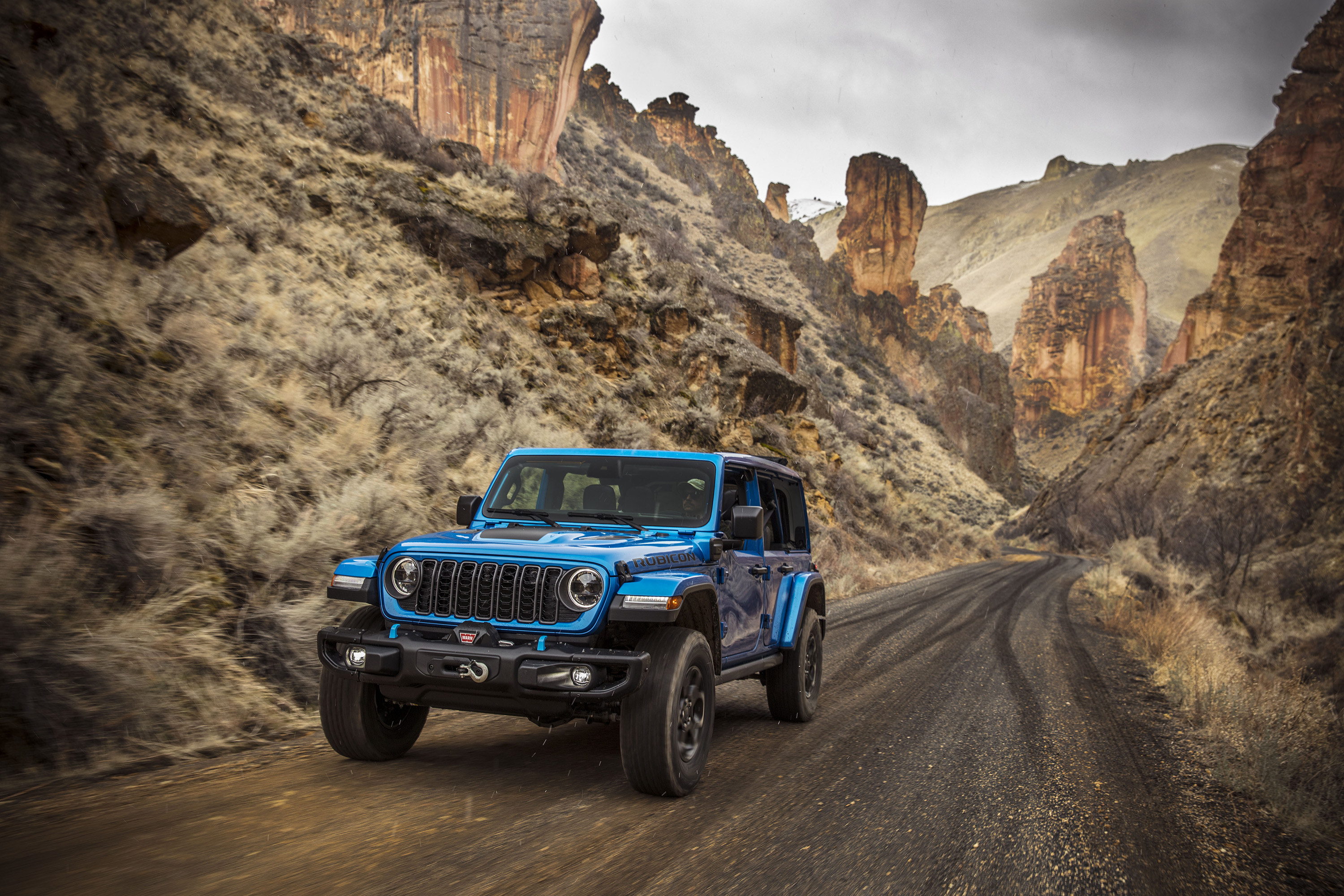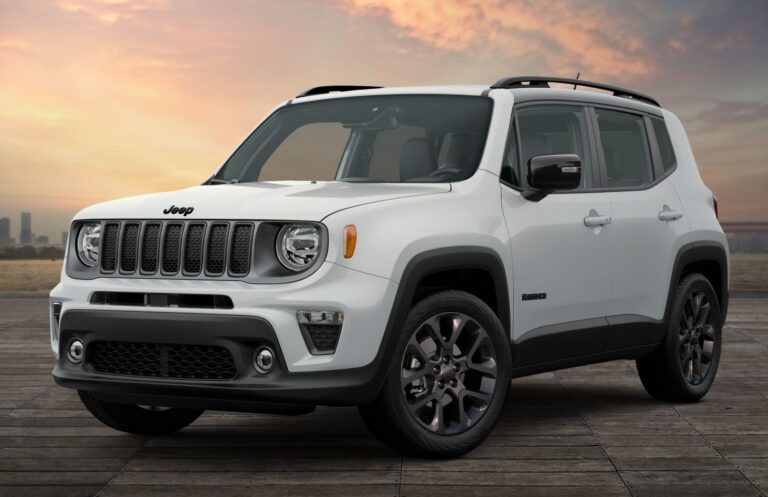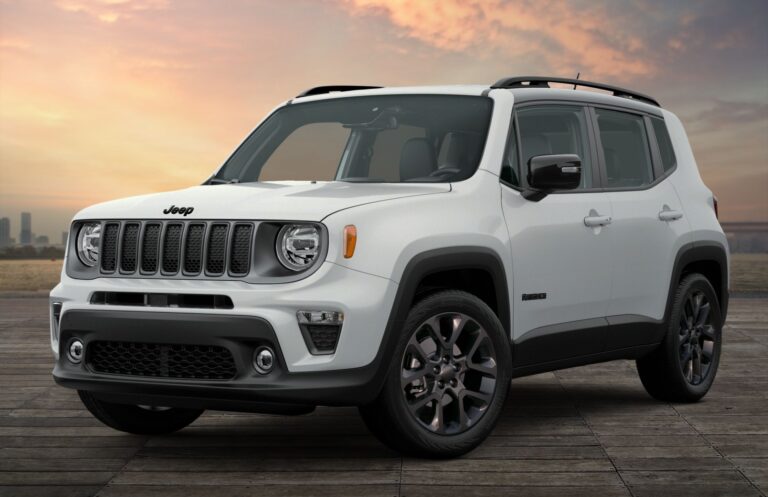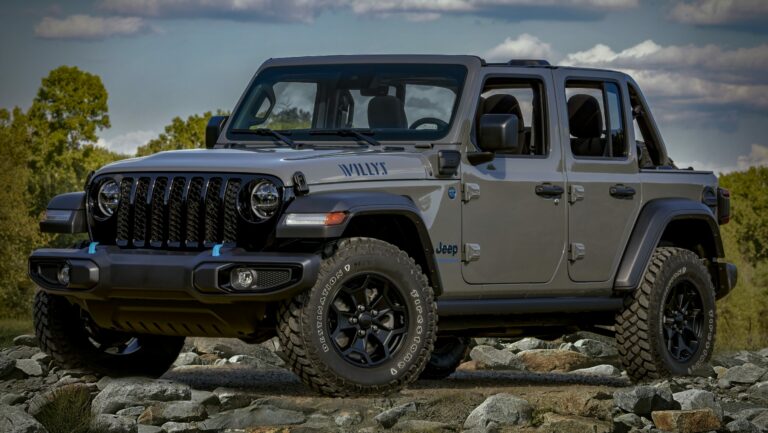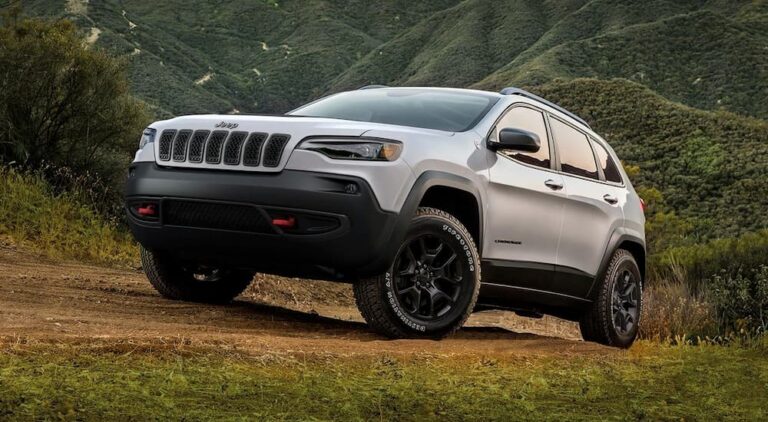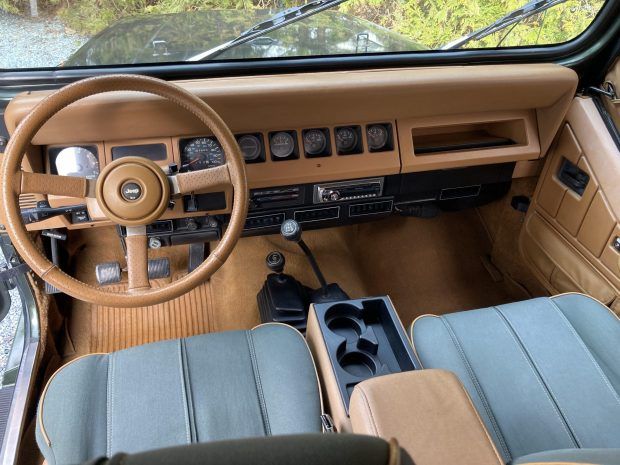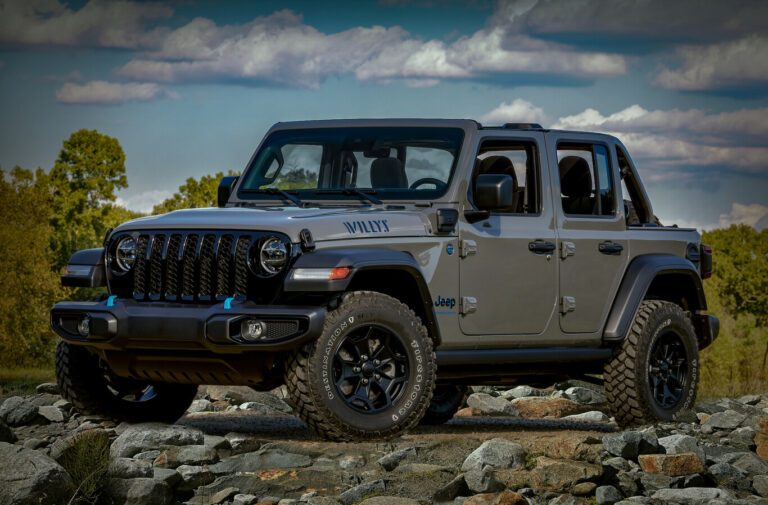Jeep Snorkel For Sale: Your Ultimate Guide to Off-Road Water Fording and Dust Protection
Jeep Snorkel For Sale: Your Ultimate Guide to Off-Road Water Fording and Dust Protection jeeps.truckstrend.com
For the intrepid Jeep enthusiast, the call of the wild often involves traversing more than just dry trails. Muddy ruts, flowing streams, and even deep puddles can become exciting obstacles, but they also pose a significant threat to your engine. This is where the Jeep Snorkel For Sale enters the picture – a critical piece of equipment designed to safeguard your engine by raising its air intake above the waterline or dusty conditions. More than just a rugged aesthetic upgrade, a snorkel is a functional necessity for anyone serious about pushing their Jeep’s capabilities beyond the pavement, ensuring cleaner air and preventing catastrophic hydrostatic lock.
This comprehensive guide will delve into everything you need to know about Jeep snorkels, from understanding their core function and benefits to navigating the purchasing process, installation considerations, and ongoing maintenance. If you’re looking to equip your Wrangler, Gladiator, or Cherokee for the ultimate off-road adventure, read on to discover why a snorkel should be at the top of your modification list.
Jeep Snorkel For Sale: Your Ultimate Guide to Off-Road Water Fording and Dust Protection
What is a Jeep Snorkel and Why Do You Need One?
At its core, a Jeep snorkel is an external air intake system that reroutes the engine’s air supply from its standard, low-mounted position (typically within the fender well) to a much higher point, usually near the top of the A-pillar or windshield. This elevated intake point serves two primary, yet vital, purposes:
-
Water Fording and Hydrostatic Lock Prevention: When a vehicle enters water that is deep enough to submerge the factory air intake, the engine will suck in water instead of air. Water, being incompressible, will cause severe damage to engine components like pistons, connecting rods, and crankshafts – a phenomenon known as hydrostatic lock, often leading to total engine failure. A snorkel ensures that even when your wheels are deep in a river crossing, your engine is still breathing clean, dry air.

Dust and Dirt Reduction: Beyond water, off-road environments are often incredibly dusty. The factory air intake, being closer to the ground, is more susceptible to ingesting large quantities of fine dust and dirt particles. A snorkel, with its higher intake point, draws in air from above the immediate dust cloud generated by the vehicle, significantly reducing the amount of particulate matter reaching your air filter. This extends the life of your air filter and, more importantly, protects your engine’s internal components from abrasive wear.
Benefits Beyond Protection:
- Engine Longevity: Cleaner air means less wear and tear on engine internals.
- Improved Air Filter Life: Less dust and debris means your filter stays cleaner for longer.
- Enhanced Off-Road Capability: Confidently tackle deeper water crossings and dusty trails.
- Rugged Aesthetic: Let’s be honest, a snorkel just looks cool on a properly outfitted off-road Jeep!


Types of Jeep Snorkels Available
When you’re looking for a Jeep Snorkel For Sale, you’ll encounter a variety of options differing in material, design, and vehicle compatibility. Understanding these types will help you make an informed decision.
-
Material:
- LLDPE (Linear Low-Density Polyethylene): This is the most common material for modern snorkels. It’s incredibly durable, impact-resistant, UV-stabilized (to prevent fading and cracking), and relatively lightweight. It offers excellent flexibility and resilience, making it ideal for the harsh off-road environment.
- ABS Plastic: Similar to LLDPE but often less flexible. Still durable but might be more prone to cracking under extreme impact compared to LLDPE.
- Metal (Steel or Aluminum): Less common for mainstream snorkels due to weight and potential for corrosion (steel), but custom fabrications might use metal for a unique look or specific structural needs.
-
Design/Placement:
- Fender Mount: The most prevalent design, where the snorkel body mounts to the fender, and the intake head extends up the A-pillar. This requires cutting a hole in the fender for the intake tube.
- A-Pillar Mount (Less Common for Jeeps): Some designs might integrate more directly with the A-pillar, but the underlying principle remains the same.
-
Air Ram Head vs. Pre-Cleaner:
- Air Ram Head (Standard): This is the classic scoop-like head designed to ram air into the intake and often features vanes to help separate rain droplets. It’s generally reversible to face forward (for air intake) or backward (to avoid snow/heavy rain intake).
- Cyclonic Pre-Cleaner: These heads incorporate a centrifuge-like mechanism that spins the incoming air, forcing heavier dust and dirt particles to the outside where they fall into a removable collection bowl. This is ideal for extremely dusty environments but can be bulkier and may restrict airflow slightly more than a standard ram head.
-
Vehicle-Specific vs. Universal:
While "universal" snorkels exist, for a Jeep, it is highly recommended to purchase a vehicle-specific snorkel kit. These kits are engineered to fit the precise contours of your Jeep model (e.g., JK Wrangler, JL Wrangler, TJ Wrangler, XJ Cherokee, JT Gladiator), ensuring proper alignment with the factory airbox, correct mounting points, and optimal airflow. Popular brands like Safari Snorkel (ARB), Smittybilt, Rugged Ridge, and Airflow are known for their high-quality, vehicle-specific kits.
Key Considerations When Buying a Jeep Snorkel
Choosing the right Jeep Snorkel For Sale involves more than just picking the one that looks best. Several crucial factors should influence your decision:
- Vehicle Compatibility: This is paramount. Ensure the snorkel kit is specifically designed for your Jeep’s exact make, model, year, and even engine type (e.g., 3.6L Pentastar, 2.0L Turbo, 3.0L EcoDiesel). Incorrect fitment can lead to installation headaches, compromised sealing, or poor performance.
- Material Quality and Durability: Invest in a snorkel made from high-quality, UV-stabilized LLDPE. This will withstand harsh elements, impacts from trail debris, and prevent premature degradation from sun exposure.
- Installation Complexity: Be honest about your DIY skills. Most snorkel installations require drilling and cutting into the fender – a "point of no return" modification. Some kits are more user-friendly than others. If you’re not comfortable with precision cutting, factor in the cost of professional installation.
- Airflow and Engine Performance: A well-designed snorkel should not restrict airflow to your engine. Reputable brands engineer their snorkels to maintain or even slightly improve airflow compared to the stock intake. Be wary of generic, unbranded options that might compromise engine performance.
- Sealing Integrity: The entire snorkel system, from the intake head down to the connection with the airbox, must be absolutely watertight. Look for kits that include high-quality gaskets, seals, and robust connection points to prevent any water ingress.
- Aesthetics: While function is primary, the snorkel’s appearance matters. Choose a design that complements your Jeep’s overall look and your personal style.
- Budget: Snorkels range in price depending on the brand, material, and complexity. Set a realistic budget, but don’t compromise on quality for a lower price, as a cheap snorkel could lead to expensive engine repairs.
- Warranty and Support: Purchase from a reputable manufacturer or dealer that offers a warranty and customer support. This provides peace of mind in case of manufacturing defects or installation questions.
Installation Guide: What to Expect
Installing a Jeep Snorkel For Sale is a moderately challenging DIY project that typically takes 4-8 hours, depending on your experience and the specific kit. While the exact steps vary by model, here’s a general overview of what to expect:
-
Preparation and Planning:
- Read Instructions Thoroughly: Every kit comes with detailed instructions; follow them precisely.
- Gather Tools: You’ll likely need basic hand tools, a drill, various drill bits (including a hole saw for the fender), a cutting tool (jigsaw or air saw), sandpaper, silicone sealant, and masking tape.
- Disconnect Battery: Always a good safety practice when working on your vehicle.
- Remove Components: You’ll need to remove the fender liner, potentially some fender flares, and parts of the factory airbox.
-
The "Point of No Return" – Fender Cutting:
- Template Use: Snorkel kits typically include a paper template. Carefully tape this template to your fender and mark all drilling and cutting points.
- Precision is Key: This is the most critical step. Measure twice, cut once! Use a pilot drill for all holes, then use the appropriate hole saw for the main intake opening and smaller bits for mounting bolts.
- Clean Cuts: Use a sharp cutting tool to make clean cuts in the fender. Deburr edges to prevent rust and ensure a smooth fit.
-
Mounting the Snorkel Body:
- Trial Fit: Before final assembly, trial fit the snorkel body to ensure all holes align.
- Secure Mounting: Bolt the snorkel body to the A-pillar and fender using the provided hardware. Ensure it’s snug and secure.
-
Connecting to the Airbox and Sealing:
- Modify Airbox: You’ll likely need to modify your factory airbox to accept the snorkel’s intake tube. This often involves cutting an opening and installing a new adapter.
- Watertight Seals: This is absolutely critical for water fording. Use high-quality silicone sealant around all connections (airbox, snorkel body where it passes through the fender, and any joins in the snorkel piping). Gaskets provided in the kit must be properly seated. Ensure all drain holes in the airbox are plugged if you intend to submerge it.
- Hose Clamps: Secure all hose connections with robust clamps.
-
Final Touches and Testing:
- Reassemble: Reinstall any removed fender liners, flares, and other components.
- Inspect: Visually inspect all connections and seals.
- Functionality Check: Start your Jeep and ensure there are no unusual noises or air leaks.
- Shallow Water Test (Optional, with caution): For the first water crossing, start with very shallow water to confirm no leaks before attempting deeper fords.
Professional Installation: If you’re uncomfortable with precision cutting or want guaranteed peace of mind, consider having a reputable off-road shop install your snorkel. The cost is a worthwhile investment to protect your engine.
Maintaining Your Jeep Snorkel
Once installed, a Jeep snorkel requires minimal but important maintenance to ensure its continued effectiveness and longevity:
- Regular Cleaning of Air Ram Head: Periodically remove any accumulated leaves, bugs, or debris from the snorkel head. If you have a cyclonic pre-cleaner, empty its collection bowl regularly, especially after dusty excursions.
- Inspect Seals and Connections: Every few months, or after particularly harsh trips, visually inspect all silicone seals and hose connections for cracks, deterioration, or loosening. Reapply silicone or tighten clamps as needed.
- Check Mounting Points: Ensure all bolts securing the snorkel to the A-pillar and fender remain tight. Vibrations from off-roading can sometimes loosen hardware.
- Air Filter Replacement: While a snorkel helps keep your air filter cleaner, it’s still crucial to adhere to your vehicle’s recommended air filter replacement intervals, or even shorten them if you frequently drive in extremely dusty conditions.
Challenges and Misconceptions
While invaluable, it’s important to address common misconceptions and minor challenges associated with snorkels:
- "A snorkel makes my Jeep a submarine!" False. A snorkel only raises the engine’s air intake. Your Jeep still has other vulnerable components like axles, differentials, transmission, transfer case, and electrical systems that are not waterproofed by a snorkel. For serious water fording, these components also need to be properly vented or sealed. The general rule is to never exceed the depth of your differential breathers unless specific waterproofing measures have been taken for those components.
- Permanent Modification: Installing a snorkel involves cutting holes in your fender and potentially the inner fender. This is a permanent modification that cannot easily be reversed without bodywork.
- Slight Wind Noise: Some owners report a minor increase in wind noise at highway speeds, especially with larger snorkel heads.
- Reduced Visibility: The snorkel body running up the A-pillar can slightly obstruct your view, particularly on the passenger side. Most drivers quickly adapt to this.
Price Table: Popular Jeep Snorkel Options For Sale
When considering a Jeep Snorkel For Sale, prices can vary significantly based on brand, material, and the specific Jeep model. Here’s a general overview of popular options and their estimated price ranges (installation costs not included):
| Brand | Compatible Jeep Models | Material Type | Features/Notes | Estimated Price Range (USD) |
|---|---|---|---|---|
| ARB Safari | JK Wrangler, JL Wrangler, JT Gladiator, XJ Cherokee | LLDPE | High-quality, vehicle-specific, popular for superior fit and finish. | $450 – $700 |
| Smittybilt | JK Wrangler, JL Wrangler, TJ Wrangler, XJ Cherokee | LLDPE | Good value, often includes all necessary hardware. | $300 – $550 |
| Rugged Ridge | JK Wrangler, JL Wrangler, XJ Cherokee, WJ Grand Cherokee | LLDPE | Known for robust designs, sometimes offers modular snorkel systems. | $350 – $600 |
| Airflow | Specific older Jeep models, some custom | LLDPE | Less common in US aftermarket, but high quality where available. | $400 – $650 |
| eBay/Generic | Various (often claims "universal") | ABS/LLDPE | Significantly cheaper, but quality, fitment, and sealing can be highly variable. | $100 – $300 |
Please note: Prices are estimates and can fluctuate based on retailer, promotions, and specific model year compatibility.
Frequently Asked Questions (FAQ)
Q1: Does a snorkel increase horsepower?
A1: Generally, no. A snorkel’s primary purpose is protection. While a well-designed snorkel may offer a less restrictive path for air than a clogged stock intake, it’s not a performance modification designed to add horsepower. Any perceived gains are usually negligible.
Q2: Can I install a Jeep snorkel myself?
A2: Yes, if you have a good set of tools, mechanical aptitude, and are comfortable with precision drilling and cutting into your vehicle’s body. It’s a moderately challenging DIY project. If unsure, professional installation is recommended.
Q3: Is a snorkel legal everywhere?
A3: In most regions, snorkels are legal as they don’t significantly alter vehicle dimensions or safety features. However, always check local vehicle modification laws in your area, particularly regarding visibility obstructions if you live in a region with strict vehicle inspection laws.
Q4: What else do I need for deep water crossings besides a snorkel?
A4: A snorkel is just one component. For deep water, you’ll also need to consider: extended differential breathers, waterproofing electrical components (like alternators, sensors, and fuse boxes), proper sealing of doors/body, and potentially a winch for recovery. Never exceed the manufacturer’s recommended water wading depth without full vehicle preparation.
Q5: Will installing a snorkel void my Jeep’s warranty?
A5: Modifying your vehicle can potentially affect your warranty. Generally, a dealership cannot void your entire warranty just for installing a snorkel. However, if a component directly related to the snorkel (e.g., the engine) fails and the dealership can prove the snorkel caused the failure, they might deny a warranty claim for that specific issue. Always clarify with your dealer.
Q6: How deep can I go with a snorkel?
A6: The snorkel allows your engine to breathe, but your Jeep’s overall water fording capability is limited by the lowest vulnerable point on your vehicle (e.g., differential breathers, alternator, ECU, door seals). Do not assume a snorkel makes your Jeep invincible in water. Always know your vehicle’s limits.
Conclusion
The decision to purchase a Jeep Snorkel For Sale is a significant step for any serious off-roader. It represents a commitment to protecting your engine from the twin threats of water and dust, enabling you to explore more challenging terrains with confidence. Beyond its practical benefits of enhanced engine longevity and improved air quality, a snorkel also undeniably adds to the rugged aesthetic that defines the spirit of Jeep.
By carefully considering vehicle compatibility, material quality, installation requirements, and your off-roading habits, you can select the perfect snorkel to complement your Jeep. While it’s a permanent modification, the peace of mind and expanded capabilities it offers are invaluable. Equip your Jeep with a snorkel, and unlock a new level of adventure, knowing your engine is ready for whatever the trail throws your way.
